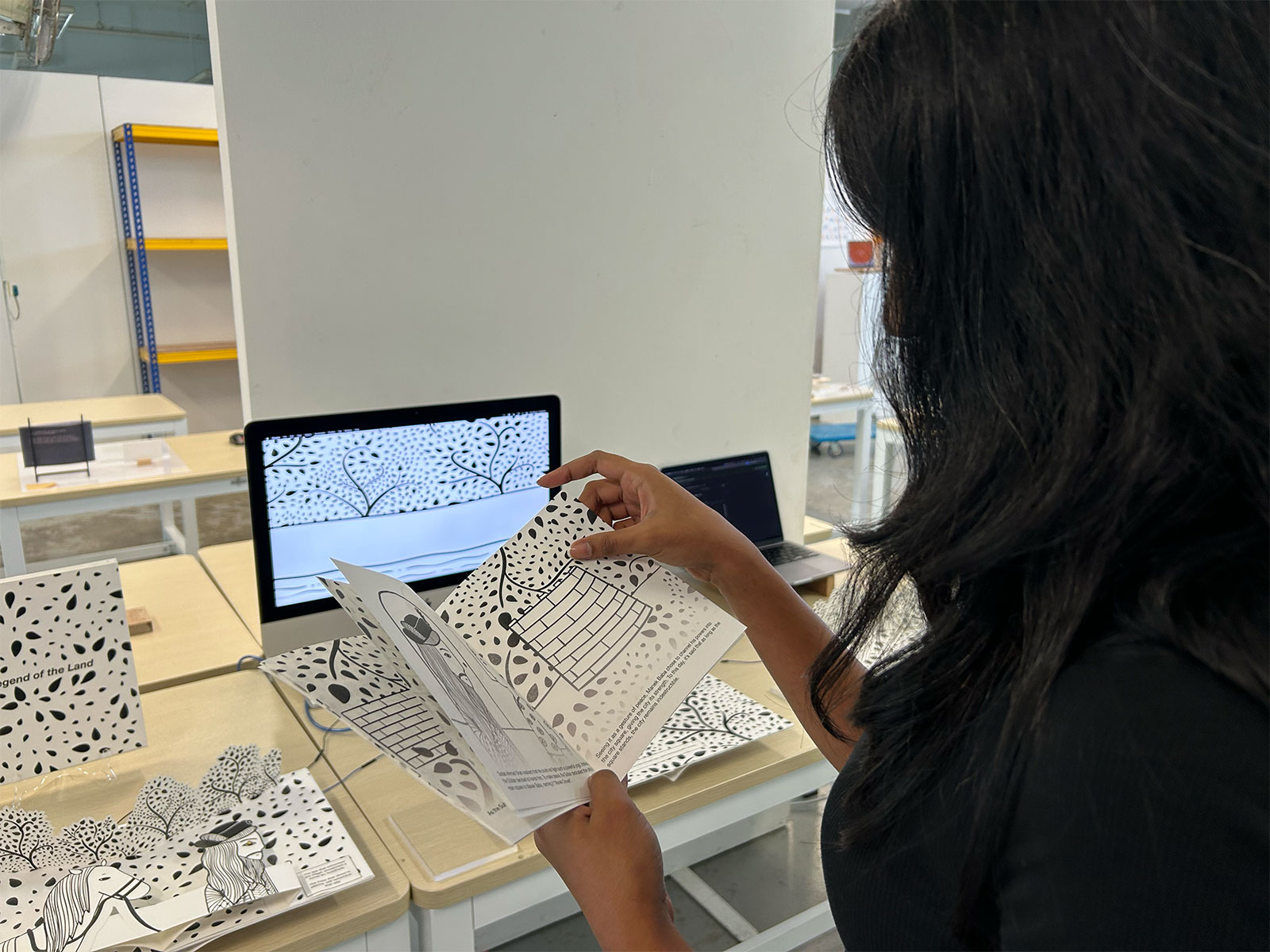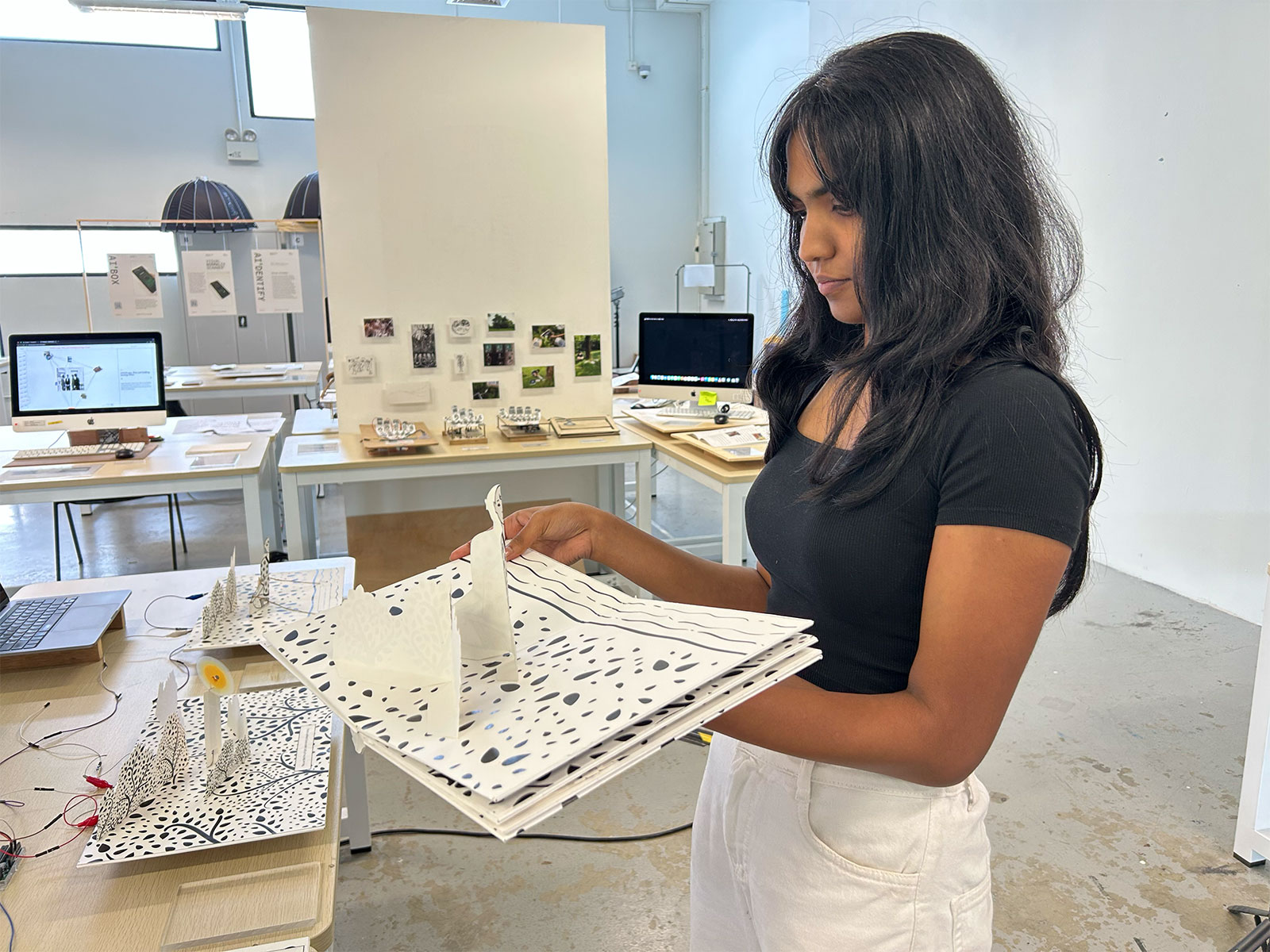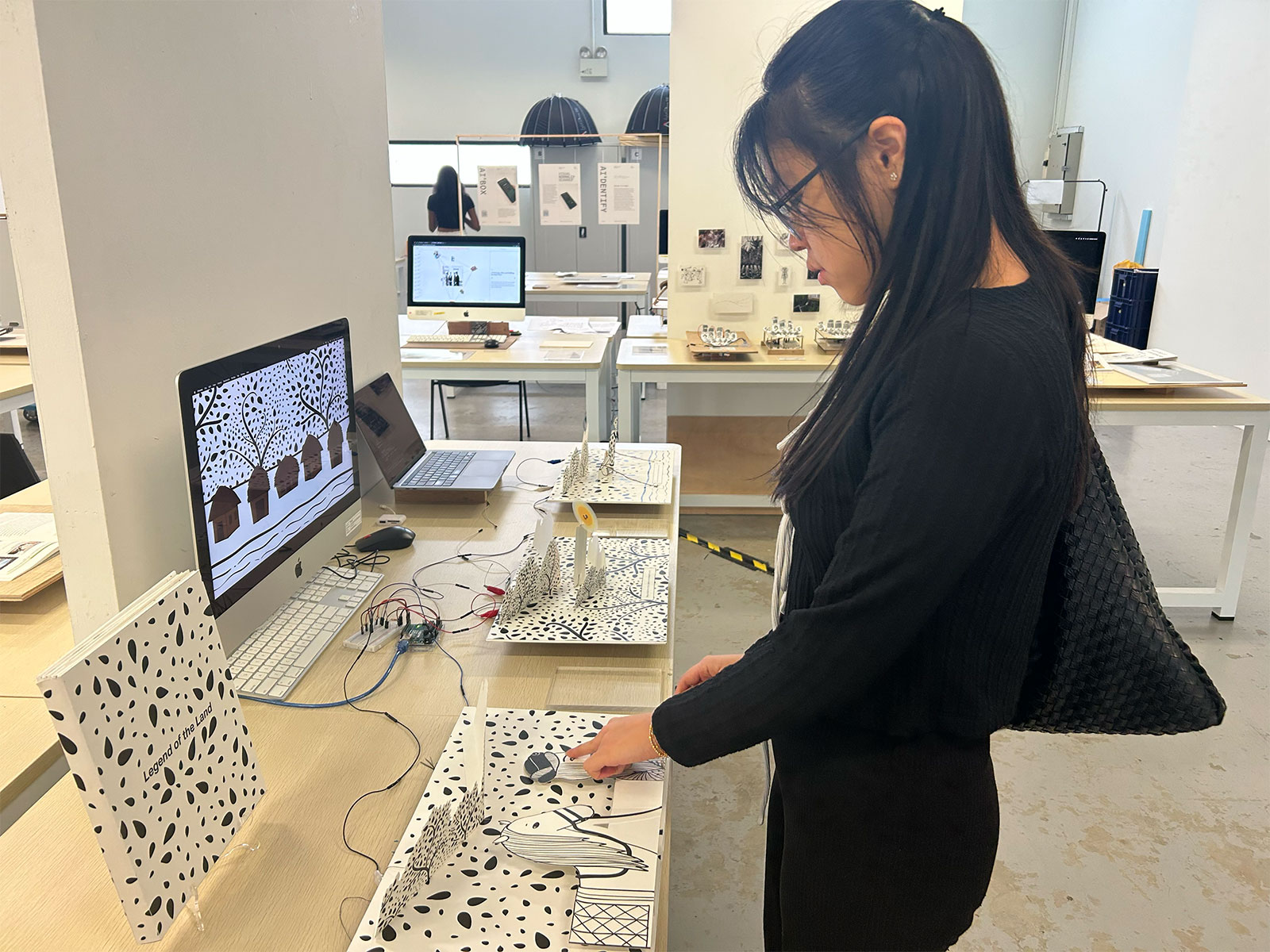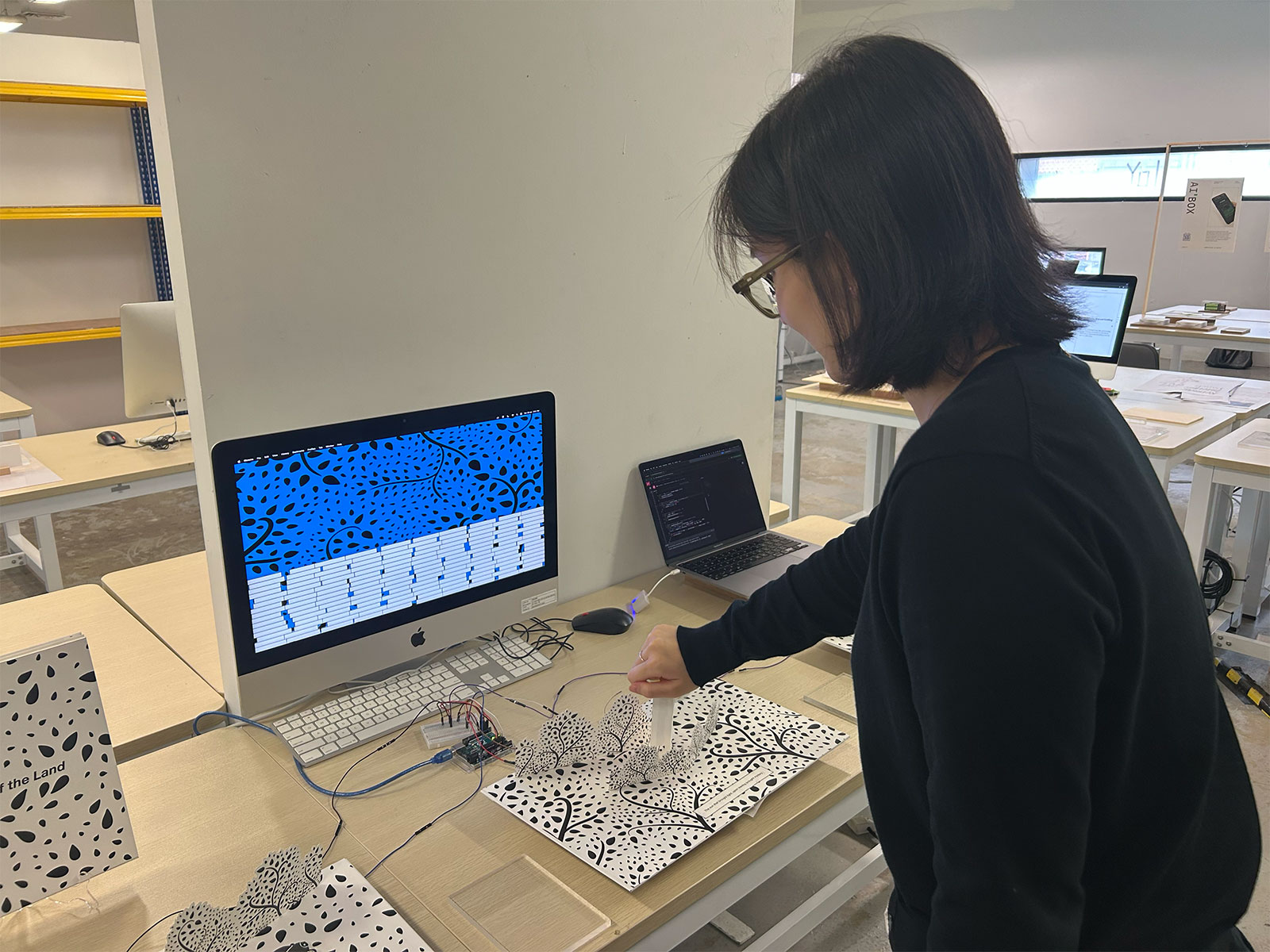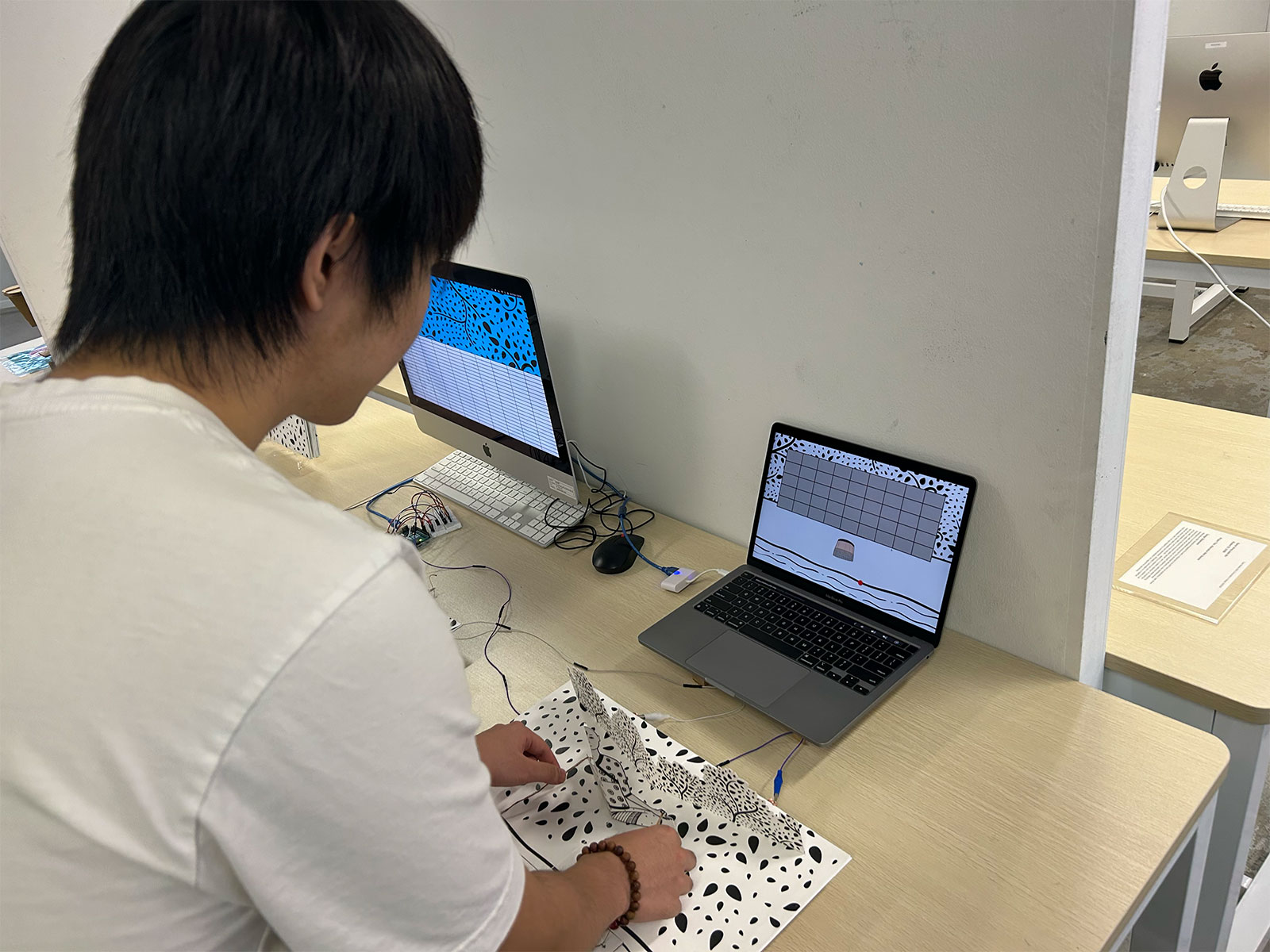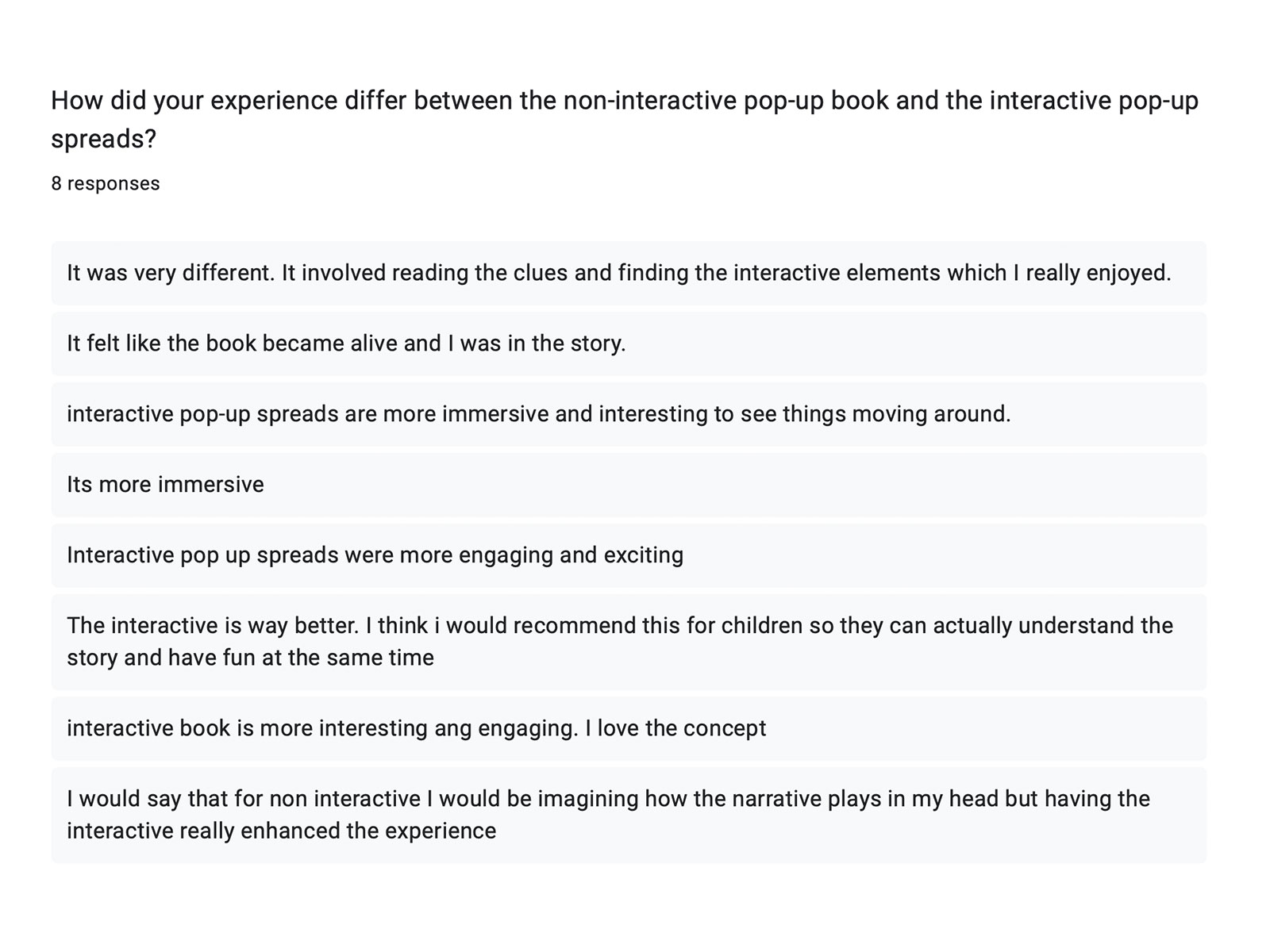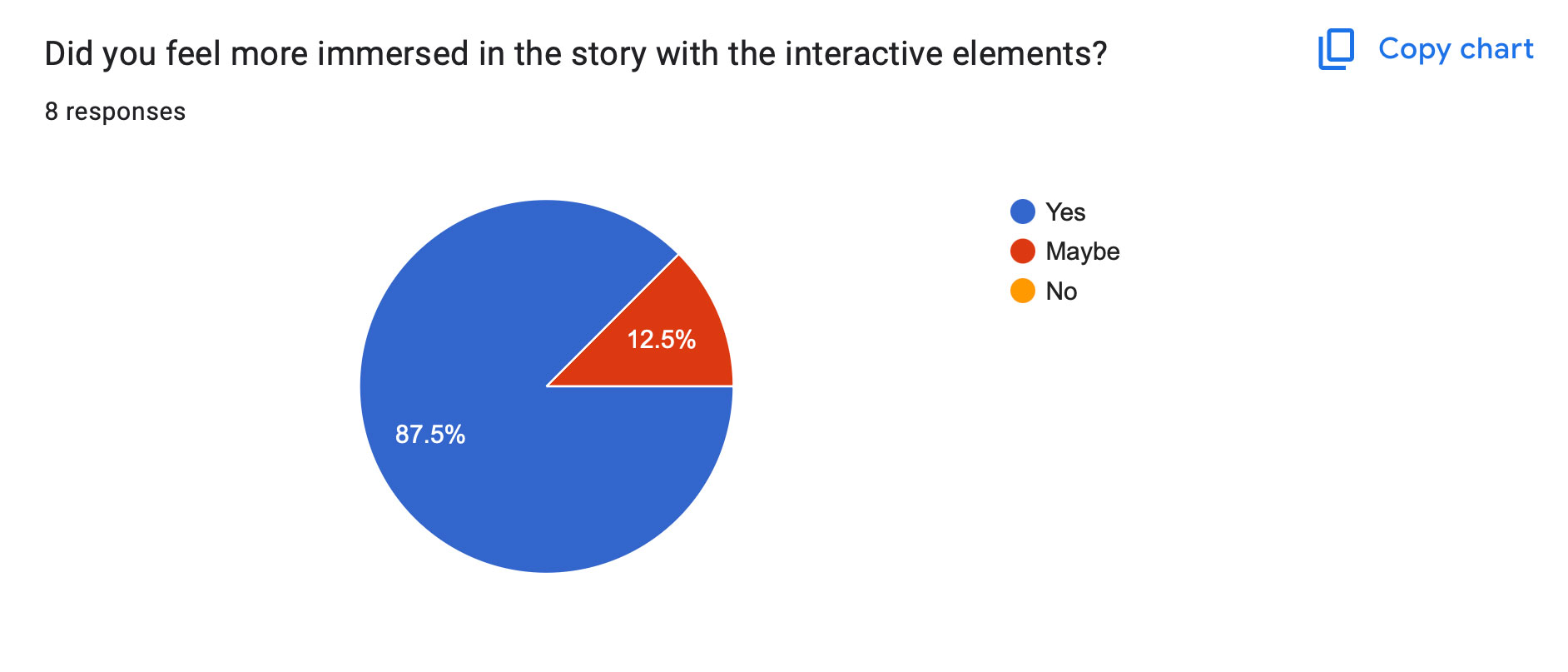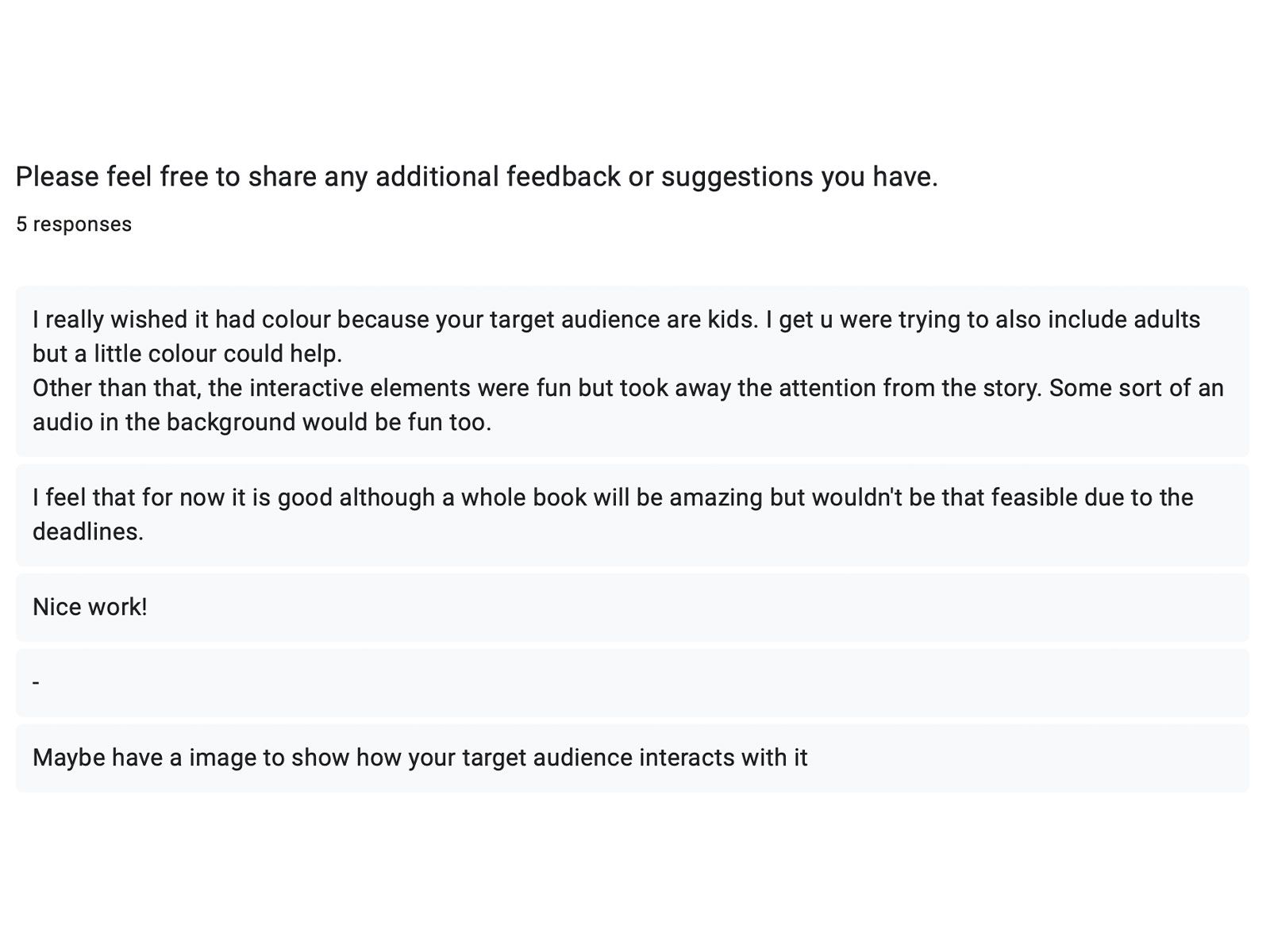Introduction
This research aims to explore how integrating interactive components into pop-up books can enhance the interactivity of paper craft. While pop-up books are a traditional form of non-digital interaction, this study investigates how physical computing can add new layers of engagement. Focusing on the myths and legends of Ahmedabad, India, the project blends local cultural heritage with modern storytelling techniques, creating interactive artefacts that connect to a screen.
The key research objective is to understand how the inclusion of interactive elements, such as moving visuals or touch-sensitive features, can transform static paper craft into a more immersive experience. The project includes two artefacts: a non-interactive pop-up book and three interactive spreads. By comparing these, the research will explore the difference between traditional and interactive storytelling methods and assess how the combination of both can enhance community engagement and cultural understanding, particularly for children learning about local heritage.
Storyboard
The storyboard consists of the full narratives that are further portrayed in the artefacts.
-

Page-1

Page-2

Page-3

Page-4

Page-5
Artefact - 1
Artefact - 2
User-testing
Responses
I created a google form that helped me get some input on the experience of the participants.
Takeaways
One of the main questions of this research was: “How can the incorporation of interactive components enhance papercraft interactivity?” As observed, adding interactive elements within the book allows users to immerse themselves more deeply, engaging with the book’s texture and details. Providing indirect instructions encourages users to explore the visuals closely, leading to greater interaction with the spread compared to non-interactive pop-ups. User responses also supported these findings.



